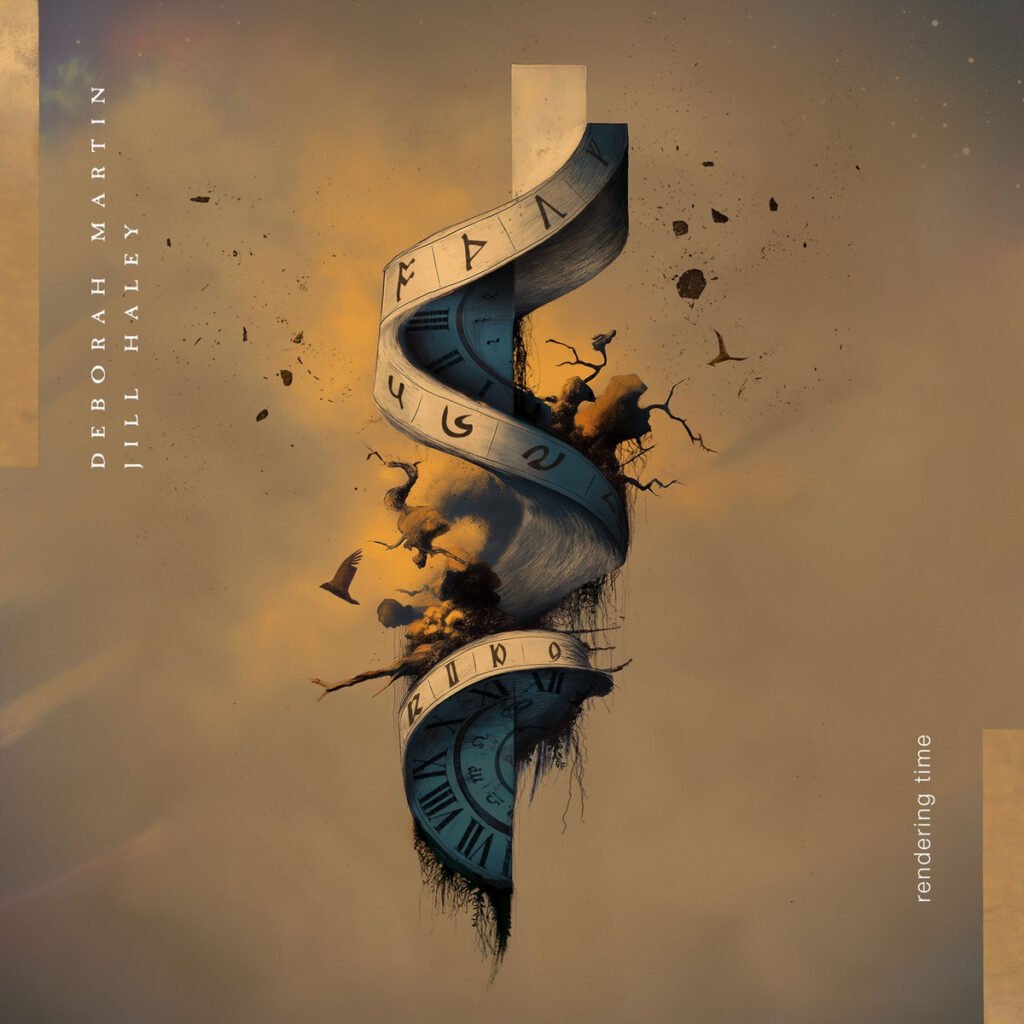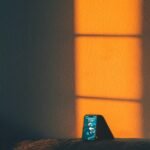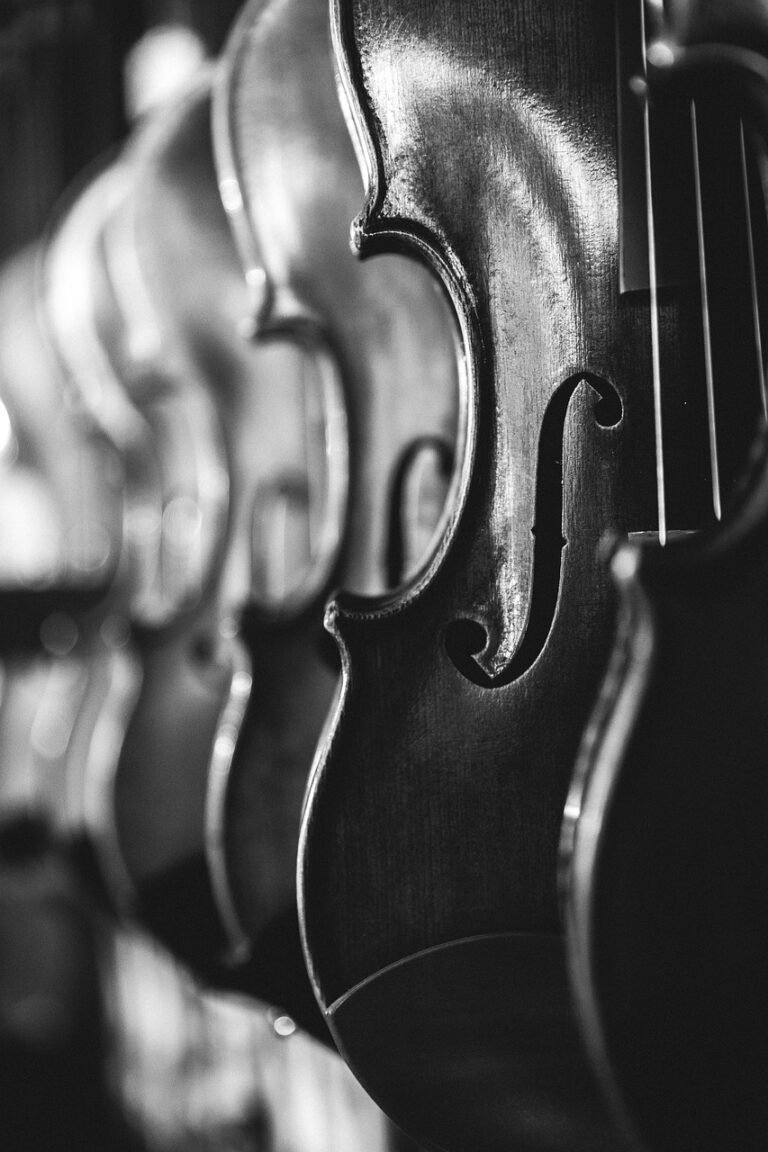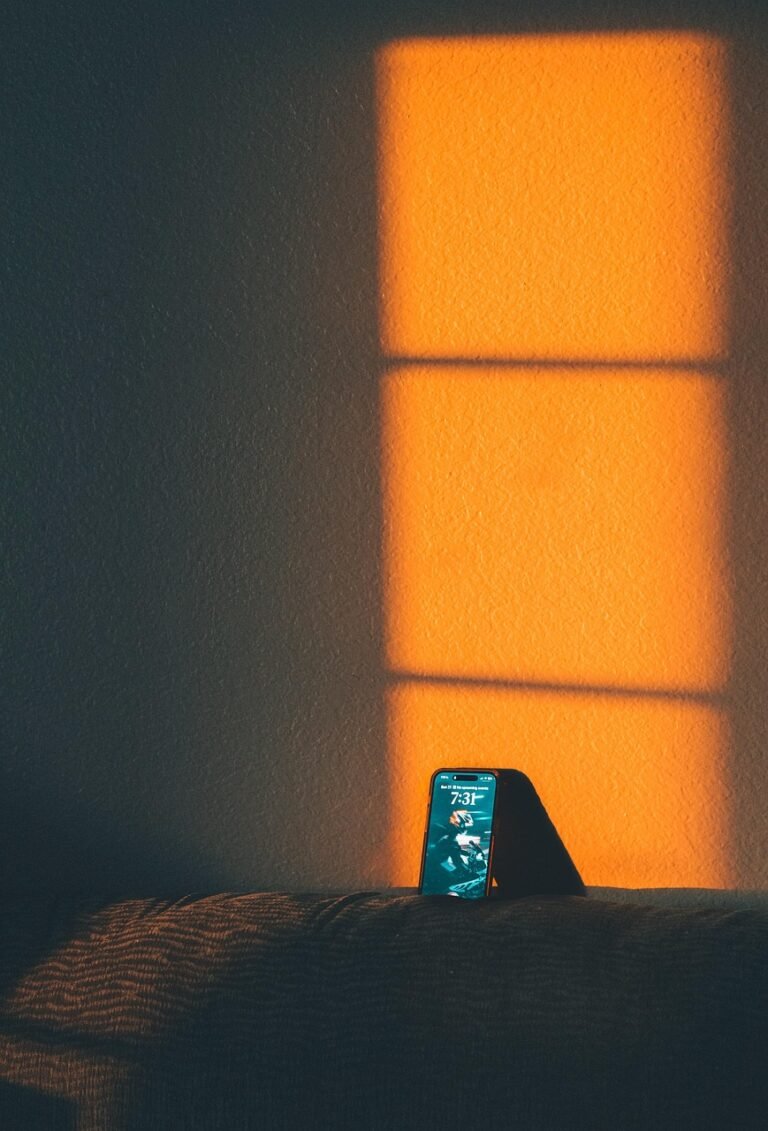
Rendering Time: The Culmination of a Profound Musical Journey
Rendering Time, the latest collaborative album from ambient electronic visionary Deborah Martin and renowned oboist Jill Haley, represents the stunning conclusion of a three-album trilogy that has redefined the boundaries between acoustic and electronic music. Released on September 26, 2025, through Spotted Peccary Music, this 47-minute opus completes a remarkable artistic journey that began with The Silence of Grace (2021) and continued through Into the Quiet (2023).
A Sonic Transformation Rendered in Time
The album’s title carries profound conceptual weight, emerging from Martin’s realization during the studio mixing process when she observed the computer’s “render” command a term that encompasses multiple meanings: to depict, to tear apart, to transform, to yield. This linguistic richness perfectly captures the album’s essence, as each composition becomes a precise rendering of worlds both ancient and imagined, where the boundaries between electronic and acoustic elements dissolve into something entirely new.
The duo has crafted ten compositions that merge traditional acoustic instrumentation with cutting-edge electronic textures. Haley contributes oboe, English horn, and black cedar flute, while Martin brings handpan, guitar, Taos drums, synthesizers including the Yamaha Motif and Roland V-Synth GT, and Spectrasonics Omnisphere. The album’s striking artwork, created by Daniel Pipitone, visualizes the concept of time being rendered through an elaborate time machine design.
The Artists Behind the Vision
Deborah Martin stands as a towering figure in ambient electronic music, with over three decades of experience crafting multidimensional soundscapes that blend electronic innovation with acoustic instrumentation. As a founder of Spotted Peccary Music, she has collaborated with luminaries like Erik Wøllo and Dean Debenedictis, establishing herself as one of the label’s premier artists. Her approach to composition extends beyond conventional boundaries, incorporating everything from traditional guitars and drums to unconventional instruments like the Garden Weasel and Wooden Cricket.
Jill Haley brings a unique perspective as both a classically trained musician and an environmental artist. An accomplished symphonic orchestra player and composer, she has spent years visiting National Parks as an Artist-in-Residence, creating musical interpretations of America’s most treasured landscapes. Her extensive discography includes works inspired by Glacier, Zion, Bryce Canyon, Mesa Verde, and Acadia National Parks, with her album “Zion and Bryce Canyon Soundscapes” earning the “Best Piano Album with Instrumentation” award from Zone Music Reporter.
Musical Architecture and Sonic Landscapes
The opening title track, “Rendering Time” (5:46), establishes the album’s ambitious scope with what can only be described as a primal overture. Woodwinds glow against odd percussive elements while the arrangement conjures visions of “Martian monks intoning as tumbling worlds go by”. The oboe’s lament resonates with an otherworldly quality, supported by electronic whispers and the mysterious presence of what seems like “a legion of strange, small creatures that hum and otherwise intone at dawn”.
“Space Within Spaces” (3:56) demonstrates the duo’s mastery of layered composition, where delicate harp plucking introduces a piece that feels like “a steady, relentless climb” through uncharted territories. The woodwinds provide warmth and visceral reality to simultaneous musical events that refuse to clutter, creating instead a sparkling illumination.
The album explores diverse emotional territories through tracks like “Shadow of the Moon” (4:08), where metal guitar strings weave with woodwinds and flute into “a dark night, an open sky where something is leaping and hopping”. “This Place We Call Home” (3:12) builds expansive vistas through strings, woodwinds, and liquid orchestration, creating “cinematic tableau that walks, stands upright, and moves itself at will”.
The Collaborative Process and Artistic Innovation
What sets Rendering Time apart is the deeply collaborative nature of its creation. Unlike many modern albums assembled through file exchanges, Martin and Haley worked together in the studio, capturing the essence of real-time musical interaction. This approach allowed for immediate feedback and spontaneous creative moments, with both artists able to hear and respond to each other’s contributions
Martin’s pursuit of primal sounds led to the incorporation of “primordial vocal sounds” and “wind breath vocalizations,” particularly evident in “From Source,” where she asked Haley to play a black cedar flute to add another layer of unsettling mystery. These elements, combined with the duo’s meticulous recording process using a Yamaha N12 Console, Rode NT4 Microphone, and Focal Solo 6Be Monitors, create an album that feels both ancient and futuristic.
Evolution of a Trilogy
The progression from The Silence of Grace through Into the Quiet to Rendering Time represents a fascinating artistic evolution. Where the first album found inspiration in the natural world and the second delved into internal landscapes, the third installment embraces more inclusive, expansive themes that encompass the cosmic scope of existence itself.
Each album in the trilogy has received critical acclaim, with The Silence of Grace making Zone Music Reporter’s Top 20 albums of the year and earning finalist positions in the Intercontinental Music Awards for both “Best Contemporary Instrumental” and “Best New Age” categories. Into the Quiet was praised for its “eight compositions that demonstrate the depth and intricacies that stillness can contain”.
Critical Reception and Artistic Impact
Early reviews of Rendering Time have praised its ambitious scope and emotional depth. Critics note how the album “completes a trilogy, following 2021’s The Silence of Grace and 2023’s Into The Quiet, each a step deeper into the smooth unknown”. The work has been described as demonstrating that “this wasn’t cooked up by some soulless AI; every note, every shiver, every unsettling echo is the product of human hands, human breath, human intent”.
The album’s conceptual framework resonates particularly strongly in our current technological moment. As Martin explains, “everything is being rendered in its own time sphere. So, we are rendering our own time here”. This philosophical depth, combined with the album’s sonic innovation, positions Rendering Time as both a culmination of the duo’s collaborative journey and a statement about the enduring power of human creativity in an age of artificial intelligence.
A Testament to Musical Authenticity
In an era where AI-generated music increasingly enters the mainstream, Rendering Time stands as a powerful testament to the irreplaceable value of human musical collaboration. Every element from Haley’s breath flowing through ancient woodwinds to Martin’s carefully crafted electronic textures—bears the mark of conscious artistic intention and emotional depth that no algorithm can replicate.
The album’s 47-minute runtime feels both substantial and perfectly proportioned, allowing each track to develop its own sonic world while contributing to the larger narrative arc. Tracks like “Secrets of the Talking Trees” (6:58) and “Sunlight and Starlight” (4:40) provide expansive canvases for the duo’s musical storytelling, while shorter pieces maintain the album’s dynamic flow.
Rendering Time ultimately succeeds as both the logical conclusion to Martin and Haley’s trilogy and as a standalone masterwork that showcases the profound possibilities that emerge when two visionary artists combine their distinctive voices in pursuit of something greater than the sum of its parts. It stands as a remarkable achievement in contemporary ambient music, one that will undoubtedly influence and inspire listeners and musicians for years to come.








